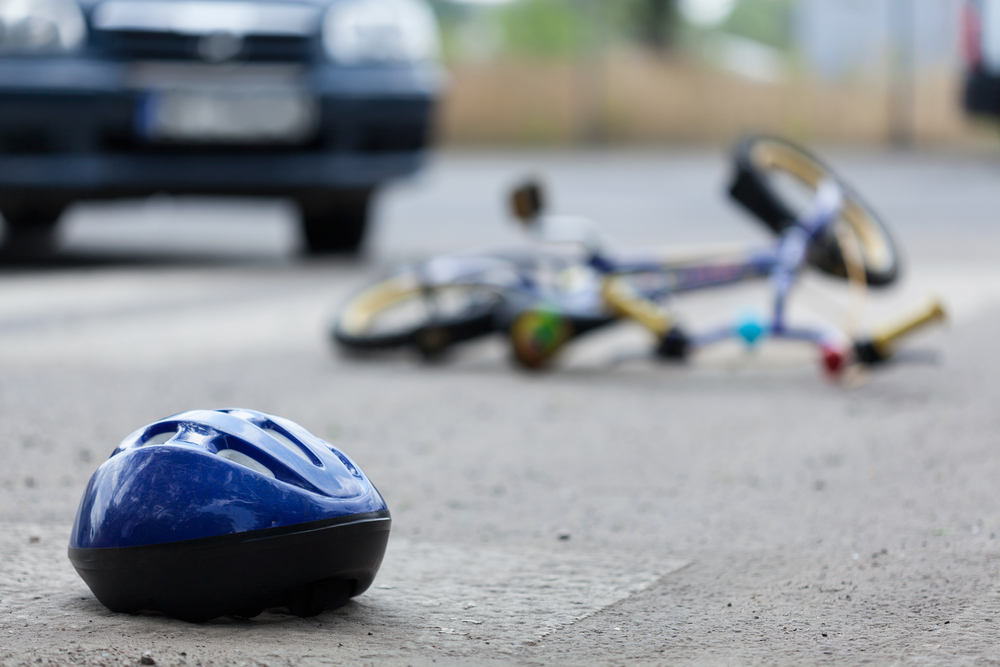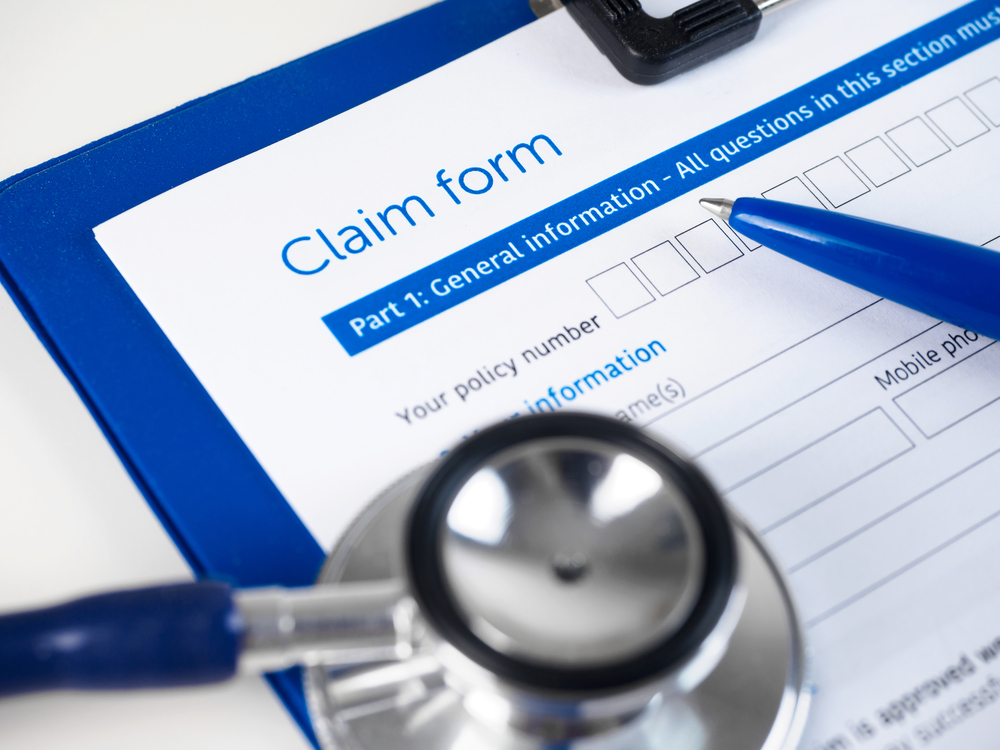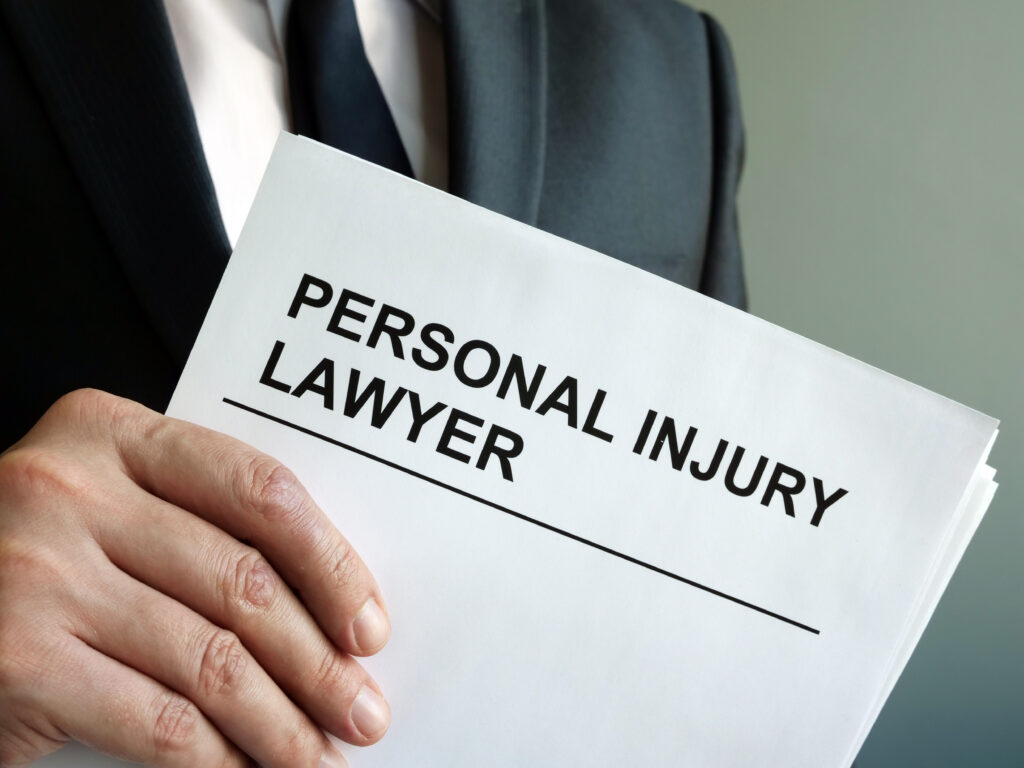Even though you weren’t in a car, you have immediate rights to insurance benefits in Alberta. Better yet, these initial benefits are just the beginning. The full compensation—the money that actually covers what this accident has cost you—comes from a separate claim against the driver who hit you.
The process involves two distinct paths that your lawyer will handle simultaneously: accessing your immediate benefits (they start flowing within days) and building your case for full compensation (where the complete recovery lies).
Our team at MNH Injury Lawyers, led by an experienced Edmonton bicycle accident lawyer, knows exactly how to maximize both. Call us at (888) 664-5298 for a no-cost consultation about your specific situation.
GET YOUR FREE CONSULTATION NOW!
What Are My Immediate Rights After a Bicycle Accident? Understanding Section B Benefits

Your first financial lifeline comes from car insurance, even though you were on a bike. Every auto insurance policy in Alberta includes mandatory coverage called Section B Accident Benefits. These are yours to claim, typically from the insurance of the driver who hit you, regardless of who caused the accident.
Think of it as emergency financial first aid while your body heals and your full case builds.
Who Gets These Benefits?
The insurance system treats you as a “pedestrian” when you’re hit on your bike. This classification works in your favour—it means you’re automatically covered under the driver’s policy no matter what.
What Section B Actually Covers
These benefits kick in fast, but they’re limited. Think of them as a bridge, not a destination. Here’s what you get:
- Disability Benefits: Can’t work because of your injuries? Section B replaces 80% of your gross weekly earnings—but only up to $600 per week. There’s a seven-day waiting period (you don’t get any benefits this first week), and benefits cut off after 104 weeks no matter how injured you still are. You need to have been working when the accident happened, or for at least six months in the past year.
- Medical and Rehabilitation Costs: Alberta Health covers your emergency room visit, but what about the months of physio ahead? The massage therapy for your wrenched back? The counselling for the anxiety that hits every time you see a car approaching? Section B covers these treatments up to $50,000—a number that sounds generous until you see how fast specialized care burns through it.
Our Role in Your Section B Claim
The insurer needs specific forms (the AB-1 is just the start), completed exactly right, submitted within tight deadlines. Miss a checkbox or deadline, and your benefits can be delayed for weeks.
We handle every detail of this process. While you’re dealing with pain medications and sleepless nights, we’re managing deadlines, paperwork, and insurance adjusters who need complete documentation. You focus on healing. We focus on getting your benefits flowing.
What if My Injuries and Losses Exceed Section B Benefits? The Claim Against the At-Fault Driver
Section B benefits are just the starting point compared to what a serious bicycle accident actually costs you. For everything else—the pain that wakes you at 3 AM, the career opportunities that vanish, the bike trips with your kids that will never happen again—you need to file a tort claim against the driver who hit you.
This second claim is completely separate from your Section B benefits. It’s also where having experienced legal representation makes the biggest difference.
What This Claim Actually Covers
- Pain and Suffering: There’s no receipt for the nights you can’t sleep, the activities you can’t enjoy, or the constant ache that’s become your unwanted companion. Courts recognize this suffering has real value. The amount depends on how severely and permanently your injuries affect your life, established through medical evidence and legal precedent.
- Lost Income (The Real Numbers): Remember that $600 weekly cap on Section B? If you made $1,200 a week before the accident, you’re already losing $600 every single week. After 104 weeks, Section B disappears entirely. Your tort claim pursues every dollar of lost income—past, present, and future.
- Loss of Earning Capacity: Some injuries don’t just interrupt your career—they end it. That promotion you were working toward? Gone. The physically demanding job you loved? Impossible now. We calculate not just what you’re losing today, but what this accident will cost you over your entire working life.
- Damaged Property: Every damaged item gets included in your claim, properly valued at replacement cost—not depreciated value.
Will My Soft Tissue Injury Claim Be “Capped”? Explaining the Minor Injury Regulation
Alberta has a regulation that significantly impacts many injury claims: the Minor Injury Regulation (MIR). This regulation creates a special category for injuries the government considers “minor”—and if your injury lands in this box, your pain and suffering compensation gets capped at a set amount.
What Qualifies as a “Minor Injury”?
The regulation targets three types of injuries: sprains, strains, and Whiplash Associated Disorders (WAD). But here’s the crucial part: these only count as “minor” if they don’t cause “serious impairment” to your life.
A Note on the Cap Amount
The cap changes every year with inflation. Our lawyers will advise you on the current cap and—more importantly—we know how to prove your injury exceeds the “minor” classification when medical evidence supports it.
What About Serious and Life-Altering Injuries?
When bones break, brains bruise, or spines compress, the Minor Injury Regulation becomes irrelevant. These catastrophic injuries deserve, and receive, compensation based on their true impact on your life.
The Injuries That Change Everything
- Traumatic Brain Injuries (TBIs): Your helmet cracked, but the impact still rattled your brain inside your skull. What starts as “just a concussion” evolves into months of headaches, memory problems, and personality changes that strain every relationship. Even “mild” TBIs can trigger symptoms that last years—affecting your work, your family, your entire sense of self.
- Spinal Cord Injuries: The human spine wasn’t designed to absorb the impact of a two-ton vehicle. When spinal cord damage occurs, the messages between your brain and body get scrambled or severed entirely. Partial paralysis, complete loss of sensation, a lifetime of medical complications—these injuries rewrite every plan you had for your future.
- Significant Fractures and Orthopaedic Injuries: Not all broken bones heal back to normal. Complex fractures requiring surgery, metal plates, and screws often leave permanent reminders—chronic pain, limited mobility, arthritis that sets in years earlier than it should. When bones break badly enough, they change how you move through the world forever.
Our Approach to Serious Injury Claims
Catastrophic injuries demand comprehensive compensation. We work with medical specialists who understand long-term prognosis and economic experts who can calculate lifetime costs. Because settling for less than you’ll need is a mistake you can’t undo.
Things You Can Do At Home to Help Us Build a Strong Bicycle Accident Claim
While you’re home recovering, there are simple things you can do that make a massive difference in your case’s strength.
Documenting Your Story

Your lawyer handles the legal arguments, but your documentation provides the human truth behind the claim.
- Medical History: Keep a basic journal. Nothing fancy, just date, doctor seen, treatment received, and how you felt that day. “March 3: Physio. Couldn’t lift arm above shoulder. Skipped Sarah’s birthday party because of pain.” These simple entries paint the picture of how injuries actually affect your life.
- Financial Records: Every prescription co-pay, every Uber to medical appointments because you can’t bike anymore, every ergonomic pillow you bought hoping for one good night’s sleep. Keep pay stubs showing what you earned before, and documentation of missed shifts. We transform these scraps of paper into proof of your losses.
- Physical Evidence: Your mangled bike isn’t garbage, it’s evidence. Same with your cracked helmet, torn jersey, and blood-stained gloves. Take photos of everything, including your injuries as they change.
FAQ for Bicycle Accident Claim Compensation in Alberta
Only cyclists under 18 are legally required to wear helmets in Alberta. But here’s what often comes up: If you suffered head injuries while not wearing a helmet, the question of contributory negligence may arise; essentially, whether you share some responsibility for the severity of your injuries.
We address these arguments by focusing on the cause of the accident itself. A helmet doesn’t prevent broken legs, internal injuries, or the trauma of being hit by a car. Your right to compensation remains strong when we can show the driver’s negligence caused the collision.
Hit-and-run accidents feel especially violating—the person who hurt you didn’t even stop to help. But you’re not out of options. Alberta’s Motor Vehicle Accident Claims (MVAC) Program steps in when the at-fault driver can’t or won’t pay. Think of it as insurance for the uninsured, funded by all Alberta drivers through their premiums.
The MVAC process has its own requirements and timelines, but we navigate it regularly. Your recovery doesn’t depend on catching the driver who fled.
Rolled through a stop sign? Riding without lights at dusk? Alberta’s comparative fault system doesn’t require you to be perfect. As long as you’re less than 50% responsible for the accident, you can still recover damages, but they’ll just be reduced by your percentage of fault.
If you’re found 30% at fault, you receive 70% of your total damages. Not ideal, but far better than nothing. The key is building strong evidence about how the accident actually happened.
Since January 2022, Alberta’s Direct Compensation for Property Damage (DCPD) system changed how bike damage gets handled. If you have your own auto insurance, you claim your bike damage through your own insurer (strange but true). No auto insurance? Then the claim goes against the at-fault driver’s policy.
Either way, you deserve the full replacement value of your bike and gear—properly documented and valued.
Some accidents leave families planning funerals instead of recovery. Under Alberta’s Fatal Accidents Act, specific family members can pursue wrongful death claims: spouses, adult interdependent partners, parents, and children.
These claims seek compensation for profound losses—not just financial support, but the guidance, companionship, and love that can never be replaced. Notably, siblings cannot file these claims under Alberta law, regardless of how close the relationship.
Secure Your Rights with MNH Injury Lawyers

Right now, while you’re dealing with pain and uncertainty, the legal clock is already ticking.
You need someone who understands both sides of this process—the immediate benefits you’re entitled to and the full compensation you deserve. Someone who knows how to deal with all the legal requirements while you focus on what matters most: your recovery.
Let an experienced Alberta personal injury lawyer handle the complexities of Section B benefits, address Minor Injury Regulation classifications when they arise, and build a claim that captures the true cost of what you’ve lost. You’ve been through enough. It’s time for experienced advocates to protect your interests.
Call MNH Injury Lawyers now at (888) 664-5298 for a free, confidential discussion about your case.
